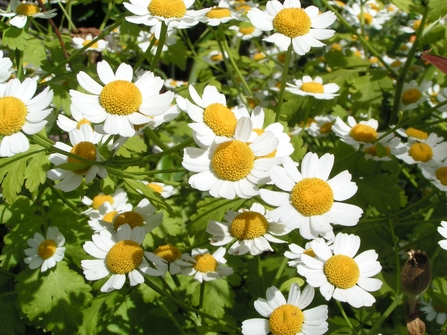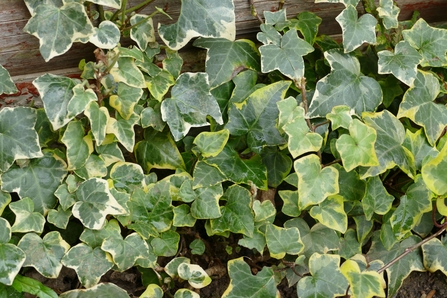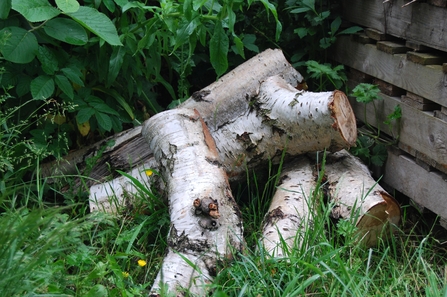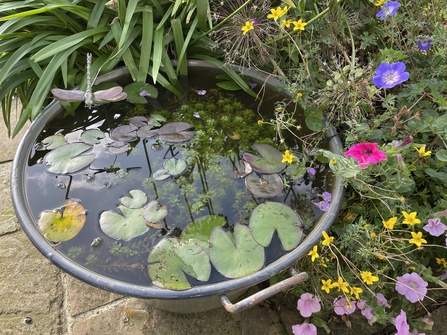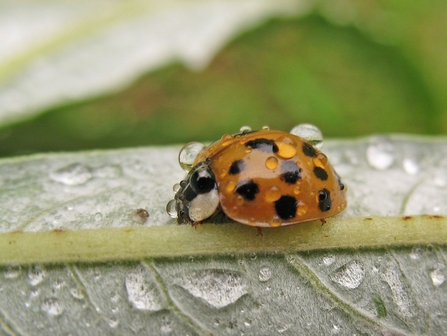Bats are amazing creatures but are often overlooked and misunderstood. Perhaps this is because they are nocturnal and therefore only glimpsed at dusk? Their unusual habit of roosting upside down or the way they swoop to chase insects might make some of us feel uneasy but get past that, learn a little more and you’ll find out that bats are great to have around. So much so, that we hope you will be inspired to take some of our tips and positively encourage bats to become part of your neighbourhood.
You can also help us raise crucial funds to expand roosting and feeding spaces for bats in woodlands, wetlands, and hedgerows by supporting our Big Give campaign. Any donation received during Big Give Week will be doubled at no cost to you!
Did you know…?
- One in four of our mammal species is a bat. In fact, there are over 1,300 species of bat worldwide, yet here in the UK only 18 species are present.
- Bats eat insects and are great at keeping bugs away from crops and gardens. The Common Pipistrelle is capable of eating 3,000 insects in one night and many of those are insects that might bite you. Surely that must add to their appeal!
- Bats are one of the few species that hibernate. At this time of year, there are fewer insects for bats to feed on. They become more sluggish and their body temperature drops to spend longer periods torpid. In December, most bats drop their body temperature further still and they go into hibernation to conserve energy.
- Bats are a great barometer for biodiversity. As bats are associated with a variety of habitats, feed on insects and are sensitive to changes in the environment, they are extremely valuable in indicating the state of nature in the UK.
- Bats are threatened. Loss of habitat, such as fewer wooded areas, ponds and open grass spaces, where bats feed and roost impacts on our local bat population.
So, now we know a bit more about these wonderful, if mystic, creatures and understand some of the challenges they face, how can we do our bit to help them?


